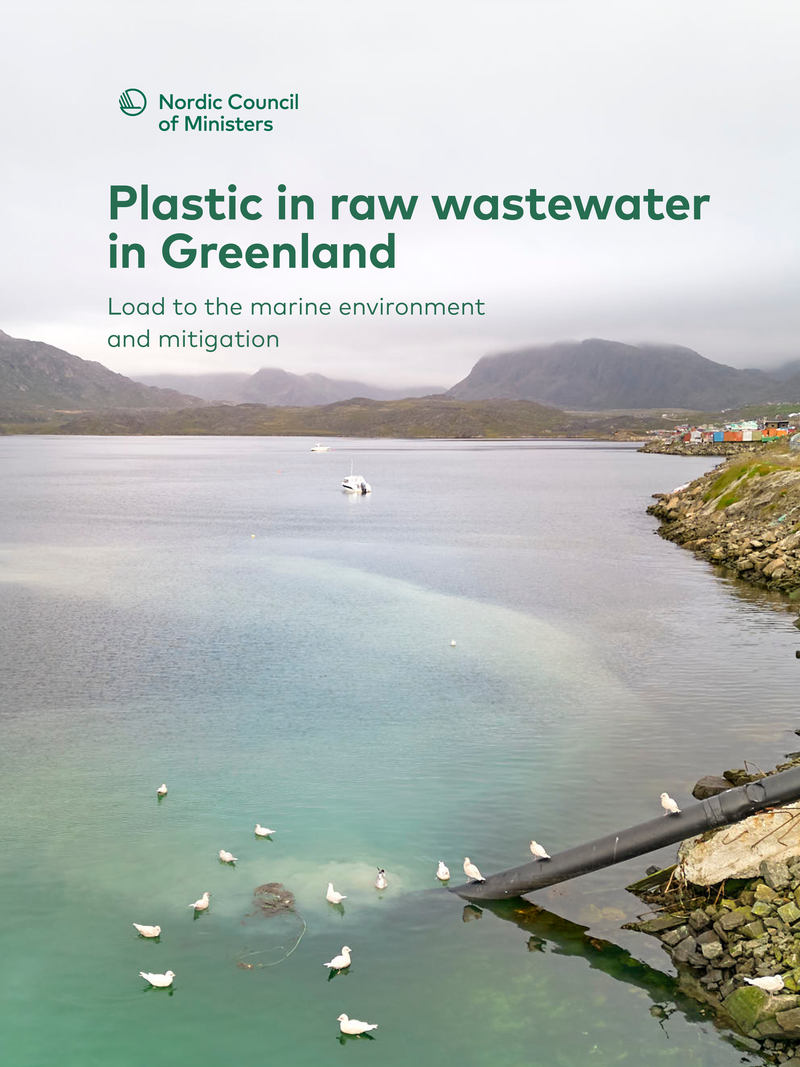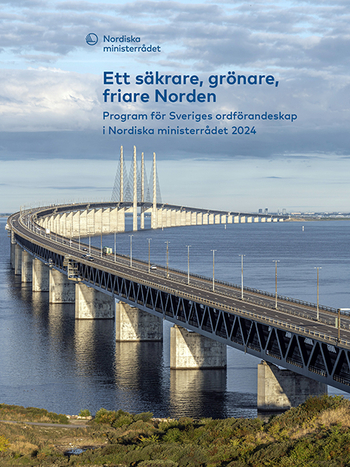Plastic in raw wastewater in Greenland
Load to the marine environment and mitigation

Information
Utgivningsdatum
Beskrivning
The goal of this project was to quantify plastic in wastewater in Greenland to identify appropriate measures to reduce plastic pollution in the Sea. The number of plastic items in the wastewater increased with decreasing size, while the mass of plastic increased with increasing size. Approximately 60% of the 2 tonnes of plastic estimated to be discharged annually to the sea by Greenland wastewater was wet wipes. This, despite all wet wipes traded in Greenlandic being clearly marked as non-flushable. Among the micro size plastic items, a significant fraction was of the same polymer types as the wet wipes and may therefore originate from the wet wipes. The main microplastic source is, however, likely to be laundry of synthetic clothes. Because wet wipes also pose annoyance by sewer clogging, elimination by the source either by banning of the retail sale of wet wipes or behavioral change campaigns to stop flushing is needed. Remaining larger items and a portion of the micro-plastics may be captured by installing simple mechanical filters.
Publikationsnummer
2024:516




